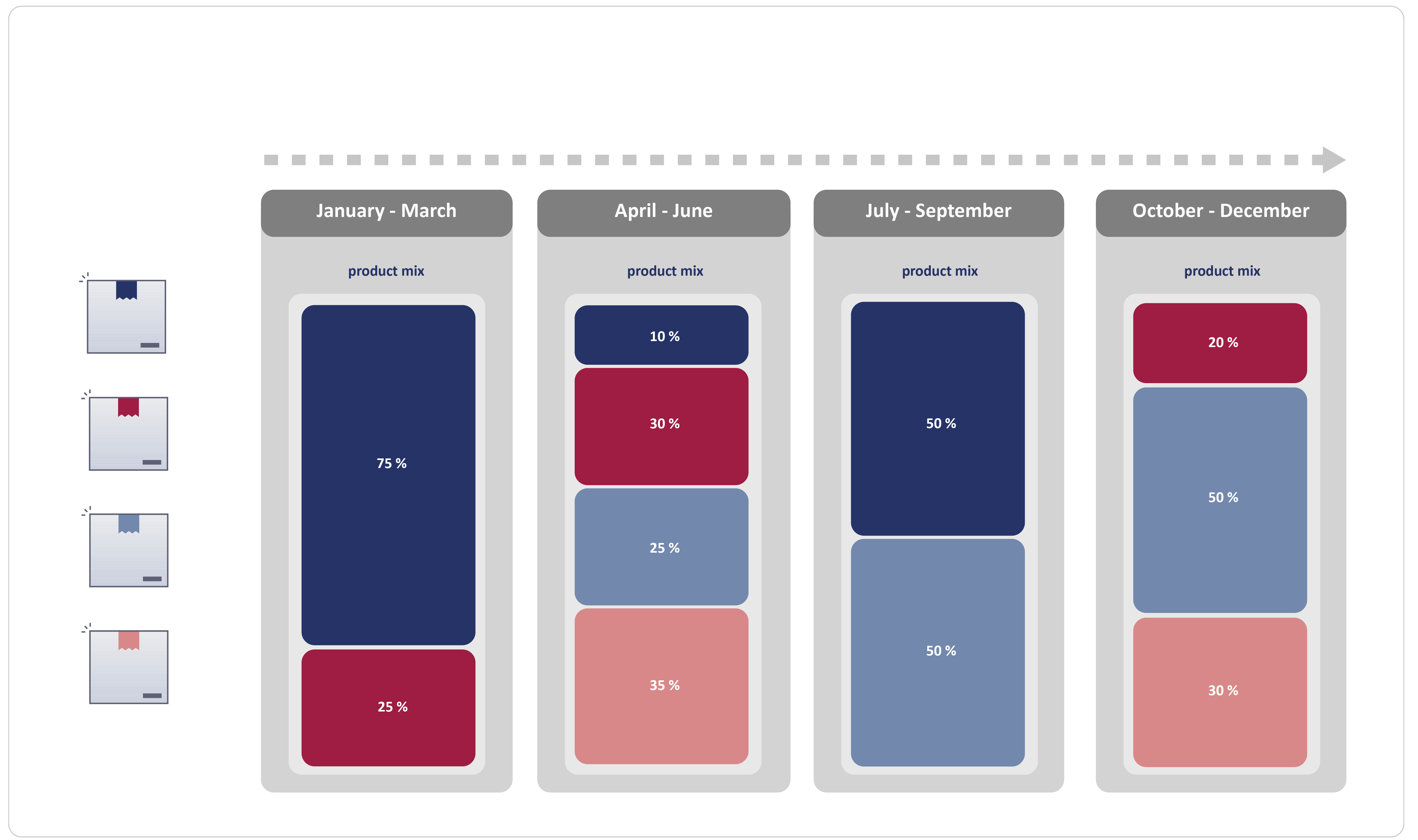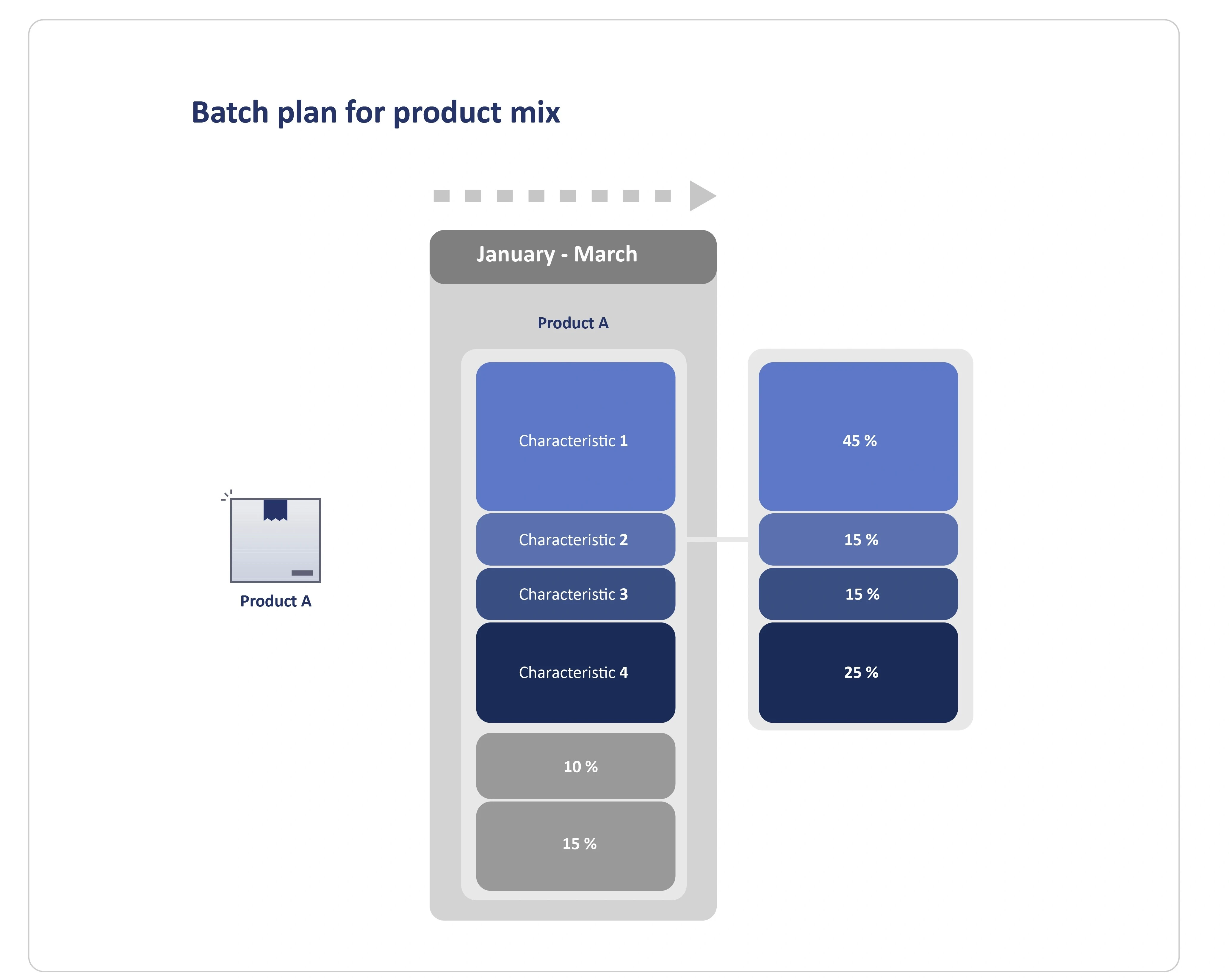ePP/DS supports these scenarios in an ideal way. The basis in
ePP/DS is always a planning version.
The planning version contains the master and transaction data. A
distinction is made between an active planning version and
several possible inactive planning versions. As a rule, the
master and transaction data of the active planning version
(i.e., the live data) are copied into the inactive planning
versions, where they can be changed without affecting the active
planning version. Since inactive planning versions are
self-sufficient, planning results cannot be copied back to the
active version. The corresponding changes to the master and
transaction data must be repeated.
Within a planning version, so-called simulation
versions
can be created. Simulation versions play a role especially in
capacity planning/detailed scheduling in SAP.
When one enters an interactive planning tool (detailed
scheduling table, resource planning table, product planning
table), the system automatically creates a simulation version.
Within this, the planner can carry out his planning; the result
of the planning is simulative as long as it is not transferred
to the active planning version.
In the event that the planner does not want to transfer his
result directly into the active planning version, it is possible
to save the simulation version. This is temporarily parked and
can be displayed, edited or transferred directly to the active
planning version if required. Several simulation versions can
also be created and compared with each other, e.g. via the plan
monitor. In doing so, the data flow from the planning version to
the simulation version is open, i.e. changes in the active
planning version are immediately transferred to the respective
simulation versions so that there is no major discrepancy
between the live system and the simulation version. This also
ensures that the live data is not overwritten in an undesirable
way, when the simulation version is restored to the active
planning version.
ITeanova supports customers in creating and implementing such
what-if scenarios (which simulations make business sense) and
solution variants. Care is taken to ensure that the principles
of automated planning and manual intervention or (manual) human
decision making are ideally combined.


